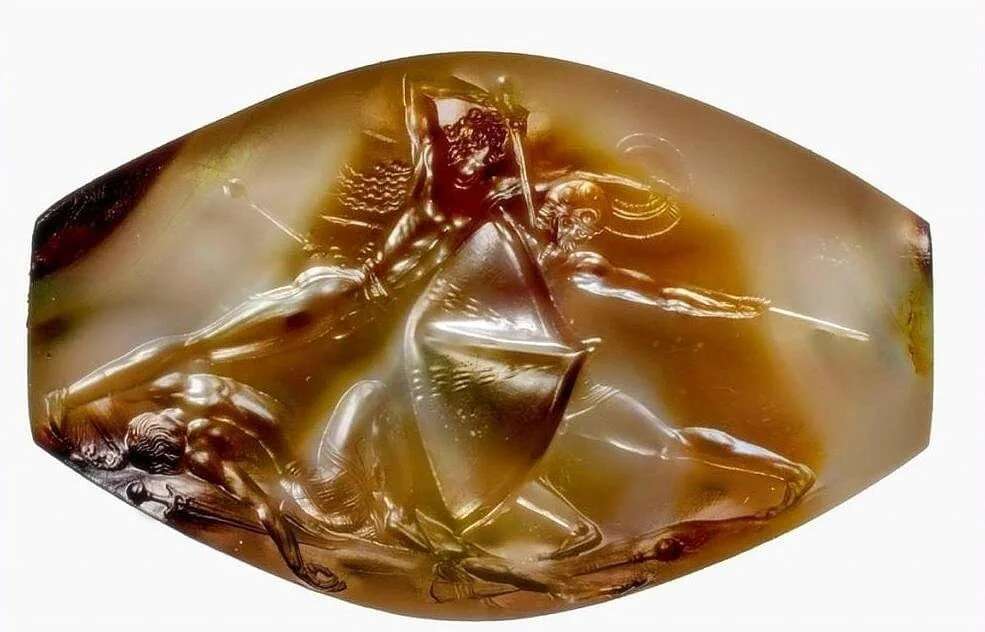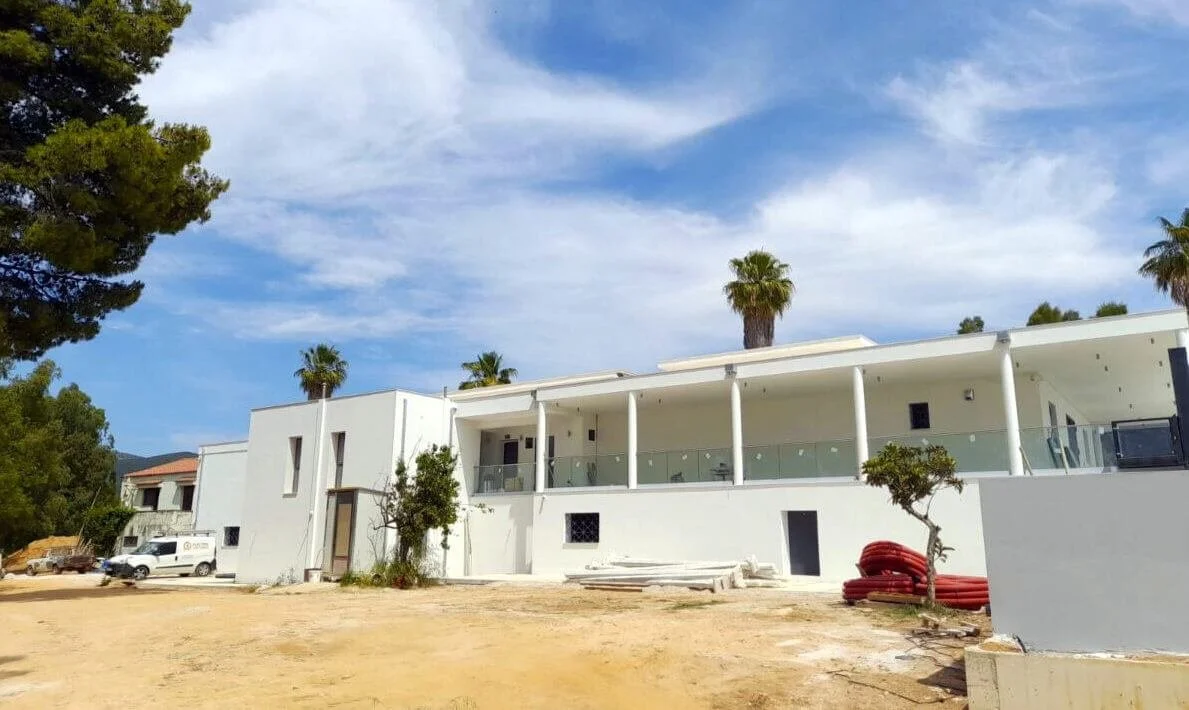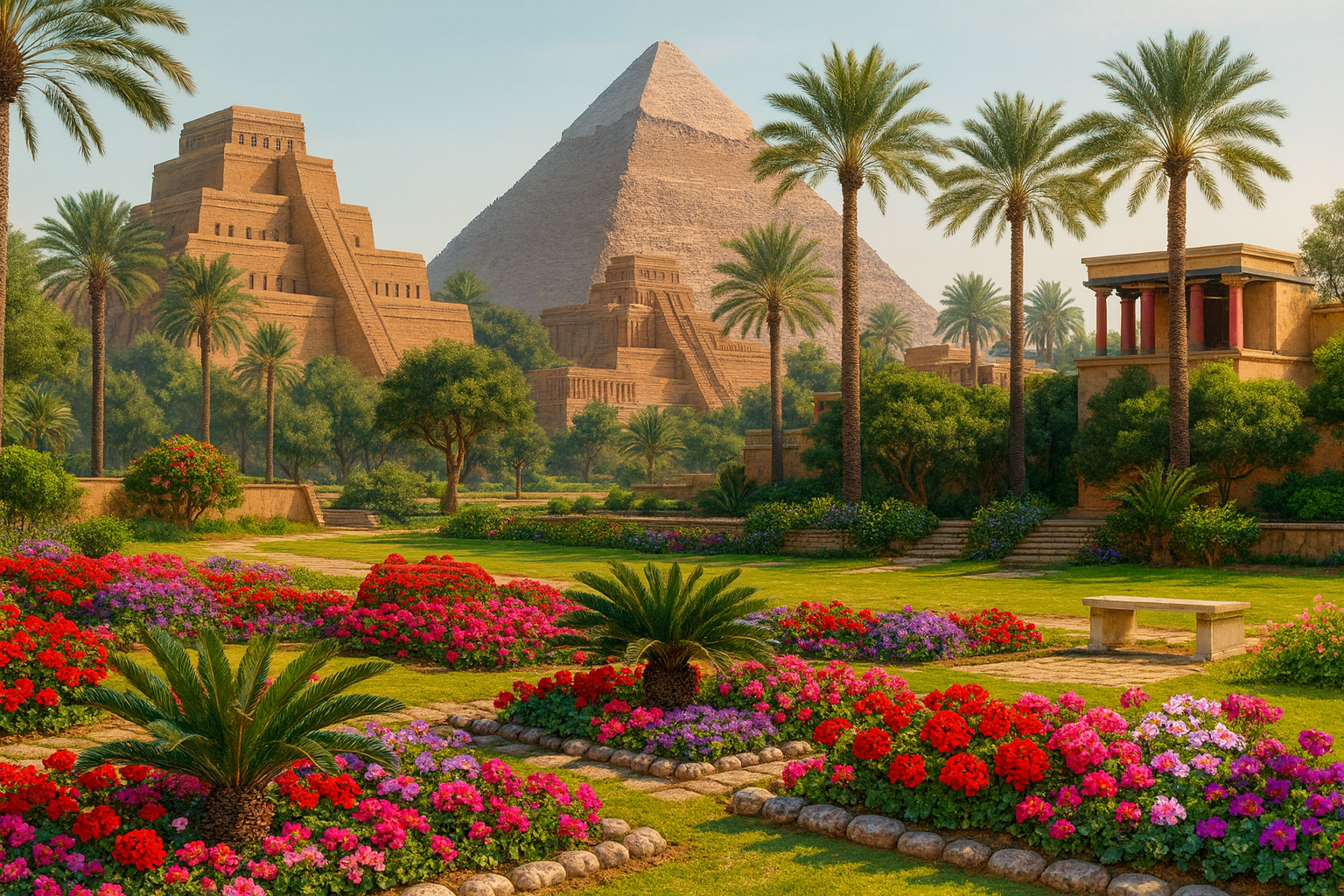The priceless finds from the so-called “Griffin Warrior” tomb will soon have a permanent home at the Archaeological Museum of Chora in Pylos. These extraordinary artifacts were unearthed in May 2015 during excavations on the hill of Ano Englianos, the site of the Palace of Nestor. Before their display, however, the museum must first undergo upgrades, modernization, and expansion to meet new standards. Toward this goal, the Greek Ministry of Culture’s Museum Council has just approved the preliminary museological plan for the redesigned exhibition.
The museum ranks among the most significant prehistoric museums in Greece. Its original displays featured finds from excavations carried out by distinguished archaeologists such as Spyridon Marinatos and Carl Blegen. Now, the addition of the unique treasures from the undisturbed Mycenaean warrior’s grave—believed to be a local leader around 1450 BC—will elevate its importance even further. The tomb was named after a rare ivory plaque depicting a griffin, discovered among roughly 1,400 objects: weapons, gold cups, hundreds of beads made of gold, carnelian, amethyst, and amber, a gold chain with pendant, dozens of seal stones, gold rings, and more. The grave was uncovered by University of Cincinnati archaeologists Professor Jack Davis and Dr. Sharon Stocker, who have been excavating in the area.
The seal stone found in the “Griffin Warrior” tomb depicting a warrior defeating his opponent.
Expansion and Donation
Located about 4.5 kilometers from the archaeological site of the Palace of Nestor—the best-preserved Mycenaean palace in mainland Greece—the Archaeological Museum of Chora was designed in 1955 by architect Patroklos Karantinos and opened its doors in 1967. Its exhibitions have long been considered among the most representative for tracing the development of Mycenaean civilization and understanding palace art and burial practices in Messenia.
Covering a total area of 792.11 square meters, the museum has seen various interventions over the decades. It closed in 2022 to allow for major building upgrades and a complete redesign of its archaeological displays. In addition to improvements to its three existing galleries, the project will also benefit from a significant donation: Mrs. Konstantina Kolokytha-Stamatelopoulou, a London resident with family roots in Messenia, has pledged €325,000. This gift funds both the design and construction of a new gallery to replace a nearby auxiliary building, thereby expanding the museum’s exhibition space.
The archaeological museum under construction
According to the museological plan, the new design will highlight the building’s original architectural principles: sequentially arranged exhibition halls, natural light filtering from the roof, and minimalist interior forms. The permanent collection will be displayed on the raised ground level, spanning four consecutive galleries (the three existing ones plus the new addition).
Visitors will enter through a gradual approach leading to the main entrance. The reception area will feature the ticket office and museum shop on either side of the entryway. Out of the roughly 2,660 objects presented in the museum’s original displays, about 1,000 items—either individually or grouped—will now be exhibited. These will include not only key pieces from earlier excavations but also newly unearthed finds from the past decade, which will be showcased on a permanent basis for the first time.









